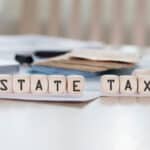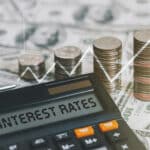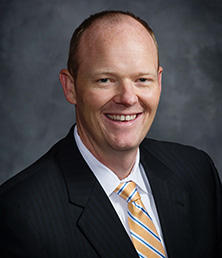Reading Time: 3 minutesRecently, we learned that Shake Shack, the LA Lakers organization, and many other businesses have returned Paycheck Protection Program (PPP) funds due to concerns over alleged misuse of the program’s loan criteria. In response to these highly publicized events, U.S. Treasury Secretary Steven T. Mnuchin and SBA Administrator Jovita Carranza made a joint statement on April 28 that the U.S. Treasury Department will “review all loans in excess of $2 million, in addition to other loans as appropriate, following the lender’s submission of the borrower’s loan forgiveness application.” With additional regulatory guidance on this implementation yet to be announced, many businesses are raising concerns about their justification and/or risk for audit after PPP Certification.
Evaluating PPP Rationale
“While most borrowers will easily be able to provide proper rationale for a PPP loan, it is still important for all businesses to both reevaluate and document why their PPP loan was necessary,” says Brian Kuehl, director of government and public affairs at K·Coe Isom. “We recommend that every PPP loan applicant takes the time to gather written documentation to show why they applied, and to demonstrate that the loan was needed for hardship due to the impact of COVID-19.”Top 3 Questions Every PPP Borrower Should Answer (and Document):
- Was I eligible to receive a PPP loan?
- The PPP program requires all borrowers to certify that “current economic uncertainty makes this PPP loan request necessary to support the ongoing operations of the Applicant.”
- You should be able to show that the loans helped to cover immediate losses, business disruption, avoid employee layoffs, avert uncertainty around consumers or suppliers, etc.
- Should I keep the PPP loan?
- For borrowers who took the PPP loan as a hedge against economic fallout, evaluate how your business has been affected, do you need to keep the loan and, if so, for how long?
- Remember that there is no pre-payment penalty if you elect to pay your loan back early, but it is also ok to hold onto the loan for up to two years (assuming you were eligible to participate in the PPP program).
- If I keep the loan, should I convert it into a forgivable loan?
- Loan amounts can be forgiven if they are used for payroll costs, rent, mortgage interest, and other specified expenses during the eight weeks following receipt of the loan.
- While we await clarity on whether the SBA will issue new guidance for loan forgiveness, including financial hardship criteria, we do know that borrowers are not required to ask for forgiveness for the entire loan. Wholly apart from the forgiveness criteria that the SBA may release, you should evaluate whether it is necessary for you to seek forgiveness on all or part of the loan, or whether you would rather keep the loan as a loan.
- Current economic uncertainty makes the loan necessary to support your ongoing operations.
- The funds will be used to retain workers and maintain payroll or to make mortgage, lease, and utility payments.
- You have not and will not receive another loan under this program.
- You will provide to the lender documentation that verifies the number of full-time equivalent employees on payroll and the dollar amounts of payroll costs, covered mortgage interest payments, covered rent payments, and covered utilities for the eight weeks after getting this loan.
- Loan forgiveness will be provided for the sum of documented payroll costs, covered mortgage interest payments, covered rent payments, and covered utilities. Due to likely high subscription, it is anticipated that not more than 25% of the forgiven amount may be for non-payroll costs.
- All the information you provided in your application and in all supporting documents and forms is true and accurate. Knowingly making a false statement to get a loan under this program is punishable by law.
- You acknowledge that the lender will calculate the eligible loan amount using the tax documents you submitted. You affirm that the tax documents are identical to those you submitted to the IRS. And you also understand, acknowledge, and agree that the lender can share the tax information with the SBA’s authorized representatives, including authorized representatives of the SBA Office of Inspector General, for the purpose of compliance with SBA Loan Program Requirements and all SBA reviews.










